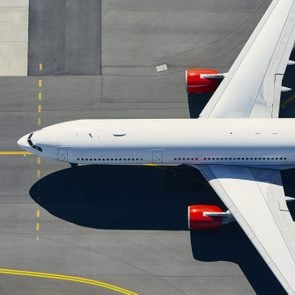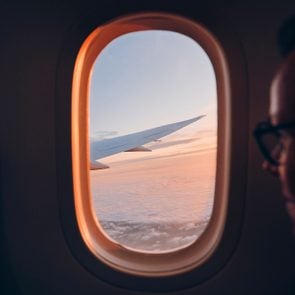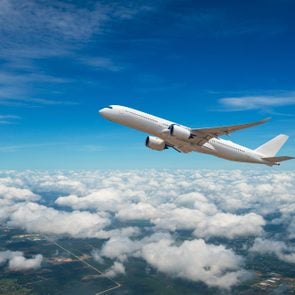The Real Reason Your Airplane Seat Needs to Be Upright During Takeoff and Landing
Updated: Mar. 13, 2024
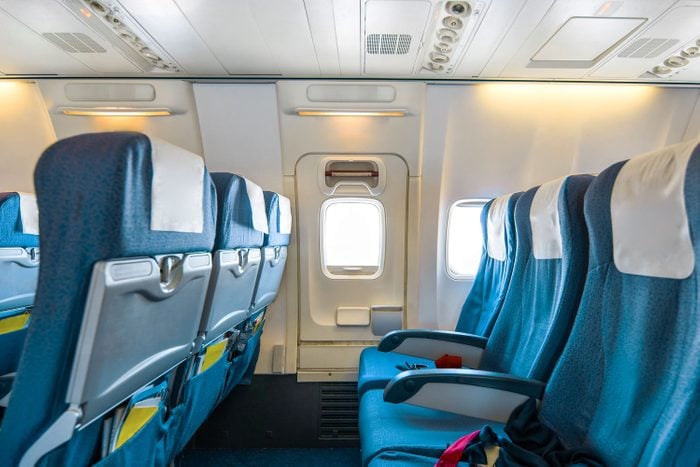
You know the routine: Return your seat to its fully upright position before takeoff and landing. Here's why it's an essential step on every flight.
Ladies and gentlemen, please make sure your seat belt is securely fastened and your seat backs and tray tables are in their fully upright position. And get ready to fly through this explainer on, well, setting your seat back to its fully upright position.
Just as we’ve grown accustomed to removing our shoes when going through airport security and munching on pocket-size snacks during each flight, we’re well acquainted with the flight attendants‘ check to ensure our seats are in the upright position during takeoff and landing. Air travel wouldn’t be complete without the familiar request, but have you ever wondered why seat position matters so much?
We did. That’s why we tracked down an expert who could explain this airplane rule to us. Keep reading to find out why flight attendants are so adamant that seats remain upright—and what could happen if yours isn’t.
Get Reader’s Digest’s Read Up newsletter for more travel, humor, cleaning, tech and fun facts all week long.
Why does seat position matter?
Part 121 of the U.S. Code of Federal Regulations mandates that “no [air carrier] may take off or land an airplane unless each passenger seat back is in the upright position.” In other words, putting your seat upright is more than a preference instituted by airlines—it’s actually the law.
Still, the reasons your seat needs to be fully upright during takeoff and landing may surprise you. They have to do with flight safety concerns.
“Because of how they are designed and built, airline seat backs provide more structural support during any potential impact,” says Ben Kiteley, director of training, Gulfstream IV standards captain and check pilot with Planet 9 Private Air. “In addition, when you recline your seat, it takes away space for the person behind you and would increase the amount of time it takes to properly evacuate the aircraft, should the need arise.”
What’s the worst that could happen?
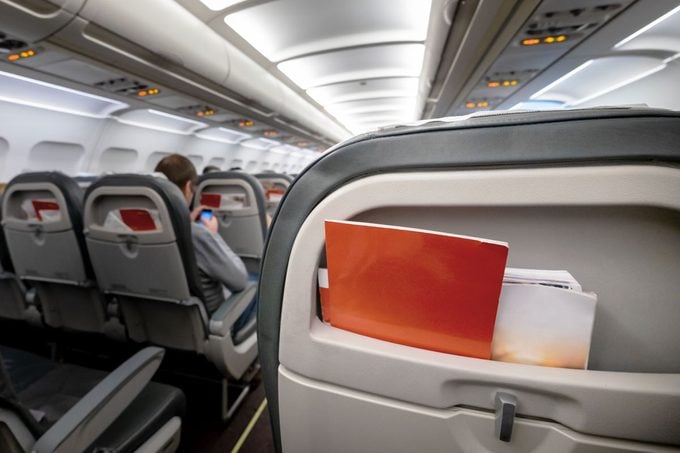
The only way for a seat to lock into place is for it to be in the fully upright position, offering the most substantial protection in the event of an impact. A seat that is reclined cannot be locked into place, so a sudden stop could cause the seat to act as a catapult, projecting the passenger forward. Sudden acceleration could have the opposite effect, causing the passenger to slam backward into the seat.
Nearby passengers can also be negatively impacted by a seat that is not fully upright. Inertia, which naturally occurs once an aircraft is in motion, can impact the angle of a seat and could cause the seat back to crush the passenger sitting behind it.
If you’ve ever been seated in an emergency exit row, you have likely noticed that the surrounding seats have very little, if any, ability to recline at all. Even though a reclined seat is seemingly a standard airplane feature, in the event of an emergency, it would be all too easy to forget to place the seat upright—or worse, to be unable to do so. Reclined seats can delay an evacuation, and time is of the essence during emergency situations.
When are planes most likely to crash?
Flight is divided into a number of phases that include takeoff, initial climb, en route or cruise, approach and landing. Of those phases, takeoff, approach and landing pose the highest risk for danger. Airline industry leader Boeing conducted a study on commercial airplane accidents, which concluded that between 2012 and 2021, about 67% of all fatal accidents involving Boeing aircraft took place during those phases.
Another study, conducted by Airbus, went back even further, concluding that most of the aircraft accidents in the past 20 years—both fatal and nonfatal—occurred during the approach and landing phases. According to Airbus, the “combination of high workload and potential for unanticipated events can create a complex interplay of contributing factors, which may lead to an accident.”
Conversely, the cruising phase, which makes up the majority of flight time, presents the lowest risk of an emergency. The Boeing study reported that only 11% of fatal aircraft accidents occurred during this phase, explaining why it is much safer to recline your seat once you reach cruising altitude.
While frequent fliers may be on autopilot, ensuring their seats are upright, less-seasoned travelers may forget—or think it’s an airline preference. But understanding the reasons behind the federal regulation only serves to help improve airline safety all around. When you board your next flight, just remember to lock your tray table in place, switch your phone into airplane mode and make sure your seat is in the fully upright position.
About the expert
- Ben Kiteley is a Gulfstream IV check pilot and the director of training for Planet 9 Private Air, a global aircraft management and charter company.
Sources:

